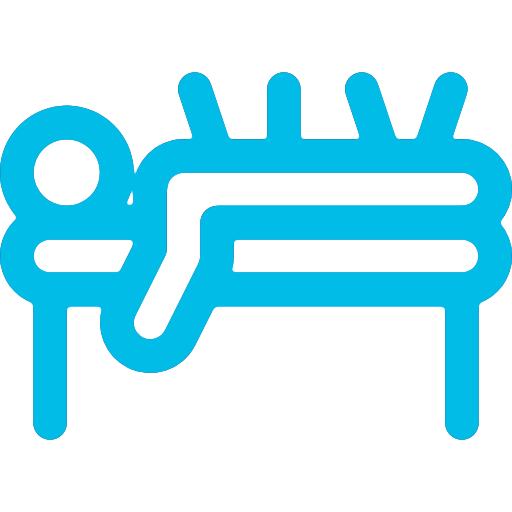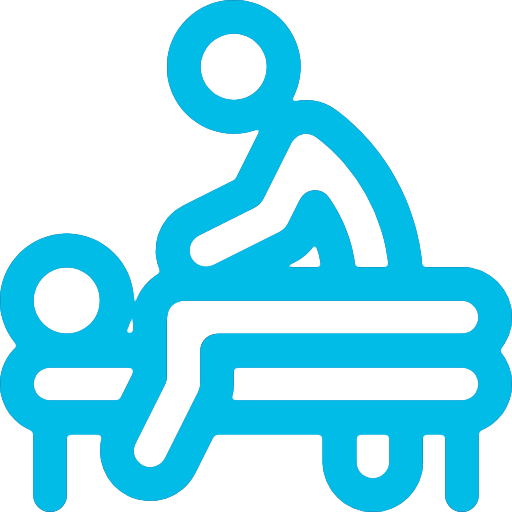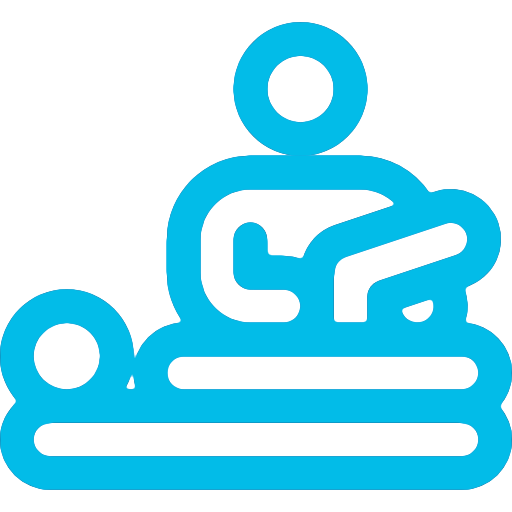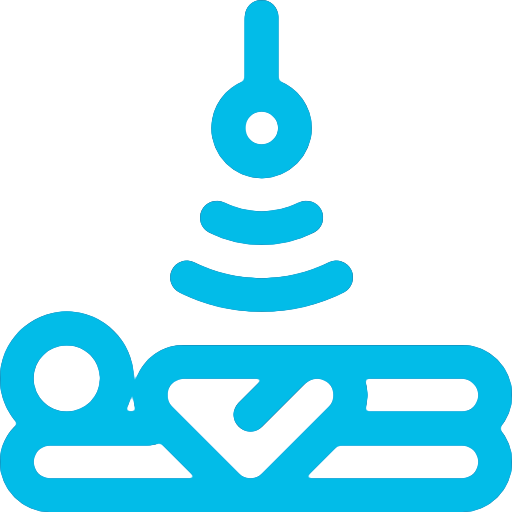Available Treatments

Acupuncture
Acupuncture is a treatment where fine needles are inserted into certain sites on the body for therapeutic purposes. The technique is widely used to treat a host of health problems and serves as an important tool in terms of management of pain by physiotherapists together with exercise and manual techniques.
Acupuncture stimulates the nerves under the skin to produce endorphins and oxytocin, known as the ‘happy hormones’. These hormones help to reduce pain, promote sleep, promote relaxation and improve overall well-being.
All of our therapists are members of the AACP (The Acupuncture Association of Chartered Physiotherapists) and integrate evidence based accupuncture into physiotherapy, for the benefit of the patient.

Exercise Therapy
Exercise therapy is used for rehabilitation after injury, prevention from further injury and for the management of pain. Extensive research into exercise therapy supports the use of therapeutically prescribed exercise programmes for conditions such as back pain, arthritis, diabetes, osteoporosis and heart disease.
Therapeutic exercise programmes take place under the supervision of experienced physiotherapists and may include mat work, resisted activity with springs and weights and the use of equipment such as the treadmill, cross-trainer and specialised static bicycles.

Clinical Pilates Based Rehabilitation
The aim of Clinical Pilates is to strengthen the core trunk muscles, tone other muscles, provide flexibility, and improve posture, balance and breathing control. It is also used to aid recovery from injuries or after surgery.
Clinical Pilates is incorporated into rehabilitation programmes under the guidance of highly experienced and trained physiotherapists. It includes mat exercises, Swiss ball exercises and exercises on specialist equipment.

Massage Therapy
Massage therapy is the manual manipulation of the soft tissues (muscle, connective tissue, tendons and ligaments) to enhance a person’s health and well-being.
As a collaborative part of the recovery process, massage therapy can help create positive change following physical trauma, accident or surgery. It has proven to be beneficial in chronic pain management of neck, shoulder, back or other joint pain.

Joint Mobilisation and Manipulation
Mobilisations and manipulations are common techniques used by physiotherapists to treat painful and restricted joints. A ‘mobilisation’ involves repetitive and gentle motion. A ‘manipulation’ is a single application of a short and fast pressure upon the joint at the end of its available range. Both techniques are safe and any discomfort or soreness after treatment should last no longer than a couple of days. Physiotherapists perform mobilisation and manipulation by using their hands to apply a controlled force to a joint of the spine or limbs, often moving it beyond its passive range of motion with the aim of increasing local blood and lymphatic circulation, increasing tolerance to stretch and improving physical functioning.

Electrotherapy Treatment
The term ‘electro-physical agents’ is made up of a wide range of electrical and physical therapeutic modalities regularly used by physiotherapists such as:
- Transcutaneous electrical nerve stimulation (TENS)
- Therapeutic ultrasound
- Low level laser
- Neuromuscular electrical stimulation and many more besides
Clinic Address
Sasoros Physiotherapy Clinic
@ Paramount Healthcare Centre
General Murtala Mohammed Avenue
Windhoek
Postal Address
Sasoros Physiotherapy Clinic
PO Box 29510
Windhoek
